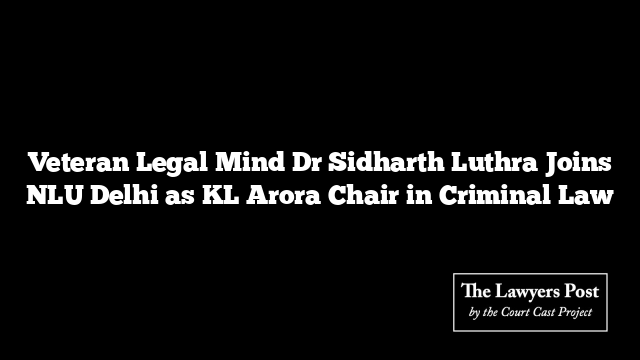Speaking thousands of miles from the Supreme Court, inside the stately halls of the University of Edinburgh, Chief Justice of India BR Gavai declared that India’s constitutional courts have long worn the dual robes of protector and sentinel — shielding both the Constitution and the rights of its people.
“Our judiciary hasn’t hesitated to strike down laws that pierce the heart of the Constitution,” Gavai said, referencing how courts have set aside legislation that clashes with the basic structure doctrine or breaches the bounds of legislative power. “But this is not a sword to be waved lightly — the power is to be used sparingly, and only in the rarest of cases.”
It was not just a history lesson, but a look ahead. With a nod to the emerging generation of legal minds, Gavai offered a note of cautious optimism: “Today’s young lawyers? Far better equipped. They’ve embraced technology, they know their research — the profession is in good hands.”
Gavai was joined by Justice Vikram Nath of the Supreme Court, who delivered a sharp reminder that constitutional interpretation isn’t a word-for-word affair. “The Constitution is not a dead document,” Nath said. “Rights like privacy — which was only recently elevated to the status of a fundamental right — must grow with the times. A citizen can’t be truly free if their right to privacy is only theoretical.”
On a question that has haunted the Indian judiciary for decades — gender representation — Nath was hopeful, almost prophetic. “In judicial services, women are already crossing the 50% mark in selections. Give it 10, maybe 15 years, and they’ll not just catch up — they’ll lead.”
The courtroom may be far from Edinburgh, but its echoes followed them across continents — in arguments about rights, in hopes for parity, and in the steady faith that the Constitution remains more than a parchment promise.





